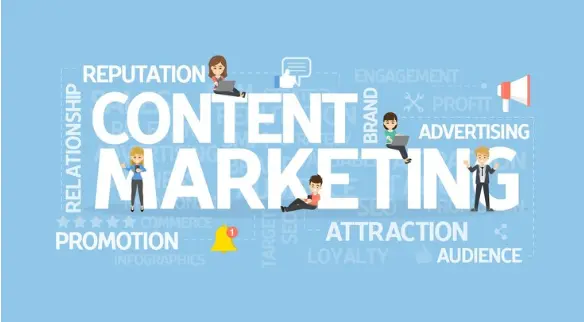Pay-Per-Click (PPC) advertising is an online advertising model where advertisers pay a fee each time their ad is clicked by a user. It’s a way of buying visits to a website, rather than attempting to “earn” those visits organically through search engine optimization (SEO) or other methods. PPC advertising is prevalent in search engines, social media platforms, and various online advertising networks. Here’s how it works:
Ad Placement: Advertisers bid on specific keywords or target audience demographics on platforms like Google Ads, Bing Ads, Facebook Ads, and more. These keywords and demographics are relevant to their products or services.
Ad Creation: Advertisers create text or display ads that are relevant to the chosen keywords or target audience. Ad content typically includes a headline, description, and a link to the advertiser’s website.
Auction System: In PPC advertising, there’s often an auction system in place to determine the ad’s placement and cost. The auction considers various factors, including bid amount, ad quality, and relevance.

A “Pay-Per-Click Advertising Template” is a tool or document designed to assist various stakeholders in planning, implementing, and managing pay-per-click (PPC) advertising campaigns. It’s intended for a range of users involved in the PPC advertising process. Here are the key individuals or groups for whom a PPC advertising template may be designed:
Digital Marketers: Digital marketing professionals, including PPC specialists, are the primary users of PPC advertising templates. These templates help them plan and execute PPC campaigns effectively.
Business Owners and Entrepreneurs: Small business owners and entrepreneurs looking to promote their products or services online may use PPC advertising templates to create and manage their advertising campaigns.

Marketing Managers: Marketing managers responsible for overseeing the overall marketing strategy of a company or organization can use PPC templates to collaborate with their PPC team and ensure alignment with broader marketing goals.
In-House Marketing Teams: Internal marketing teams within a company or organization may use PPC advertising templates to streamline campaign planning and execution.

Getting started with pay-per-click (PPC) advertising using a template involves a series of steps to plan and execute your PPC campaign effectively. Here’s a guide on how to use a PPC advertising template:
Several PPC (Pay-Per-Click) advertising platforms are widely used for running paid advertising campaigns. The choice of platform depends on the specific goals of the advertiser, target audience, and budget. Here are some of the top PPC advertising platforms:

Google reigns supreme among search engines. Its global popularity is unmatched. advertisements.

YouTube ads are a form of online advertising that allows businesses and individuals to promote their products or services on the YouTube platform.

Facebook ads allow businesses and organizations to promote their products or services on the Facebook platform.

Microsoft Bing, commonly referred to as Bing, is a web search engine and online advertising platform developed and operated by Microsoft.